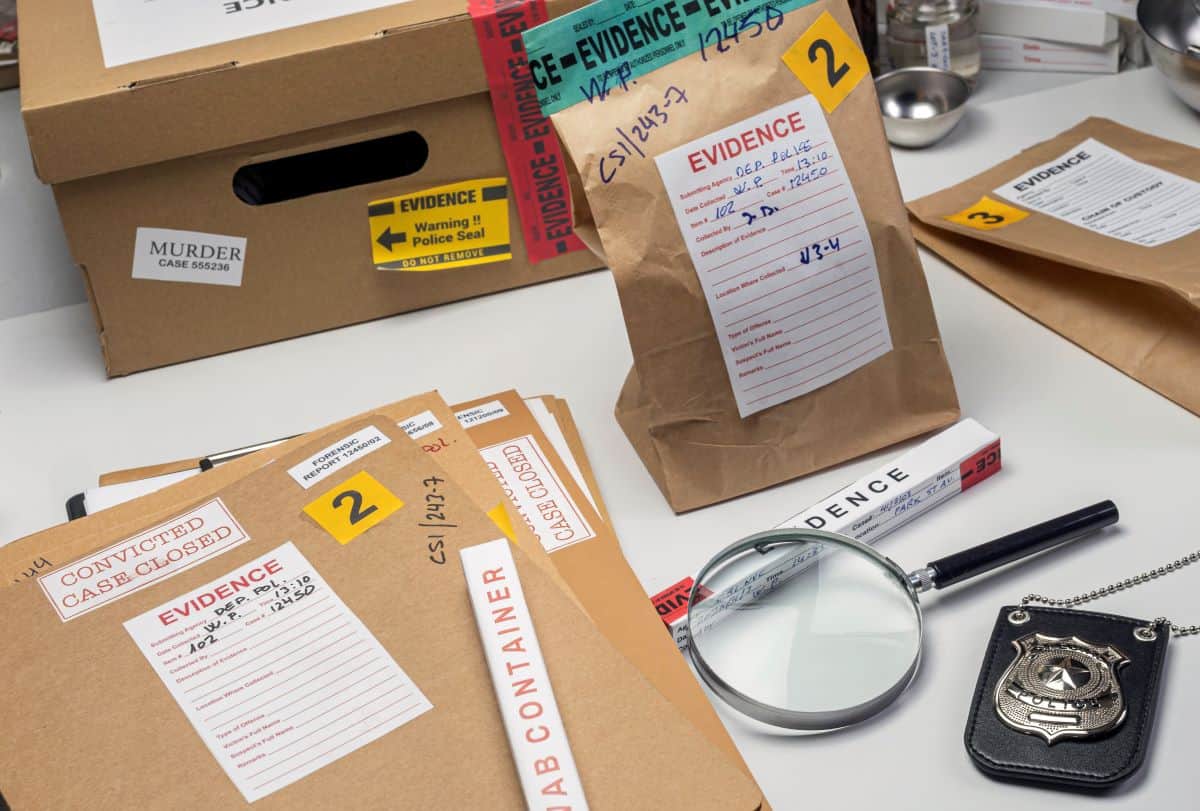
19 Feb What is Motion to Suppress in a Court Case?
What is Motion to Suppress?
Legal terminology and proceedings are confusing for many people, especially for those who don’t deal with them every day. Hopefully, there are no legal cases in your future, but just in case, there are some terms you may want to become familiar with. In this article, I’ve collected information on “motions to suppress” – what it means and why it may be used in court.
So, what is a motion to suppress in a court case? Most often associated with criminal cases, a motion to suppress is a request made by a defendant asking the court to exclude certain evidence from trial. As always, rules are governing the use of this motion and whether or not it can be upheld – according to the US constitution, a state constitution, or other statutes.
A motion to suppress is based on the “exclusionary rule” that excludes from trial any evidence obtained in violation of the defendant’s constitutional rights. Some examples you may be familiar with include unlawful search and seizures, or confessions/statements made under a Miranda violation.
 When is a Motion to Suppress Applicably?
When is a Motion to Suppress Applicably?
In cases when a defendant’s rights have been violated, according to the rules of evidence, an attorney can move to suppress all or specific evidence that was obtained during that violation. At the same time, the motion to suppress evidence must be presented to the court promptly.
As with anything under the law, rulings may depend on the circumstances. For example, evidence may be excluded if it was obtained as a result of a substantial violation of the defendant’s rights.
The word substantial can be interpreted in different ways. A violation may be substantial depending on factors such as the extent of the deviation from lawful conduct, the extent to which the violation was unlawful, and whether or not the officer acted in good faith.
Suppression is appropriate only concerning the violation of the defendant’s rights, not those of a third party. Some other examples of the applicability of a motion to suppress may include whether:
- A lineup was conducted in a suggestive manner
- A search warrant was supported by probable cause
- An investigative stop was conducted without reasonable suspicion
- A defendant’s confession was involuntary according to a violation of their Miranda rights
When Should You Present a Motion to Suppress
Some specific proceedings and requirements must be met when leading up to a trial. If your attorney is looking to file a motion to suppress, they must follow certain timing rules. Generally, a motion to suppress must be made before the start of the trial. However, certain circumstances allow the motion to proceed once the trial has begun.
During the trial, a motion to suppress may be put forth if the defendant did not have a reasonable opportunity to make the motion before trial – such as discovery presented after the start of the trial.
Special timing rules may also be in effect in three types of cases: evidence of a statement made by a defendant, evidence obtained during a warrantless search, and evidence obtained during a warrant search when the defendant was not present.
Under those three previous cases, the state must give the defendant advance notice of its intent to use the evidence. If the defendant has been given sufficient advance notice, they must file a motion to suppress within 10 days of the notice. Without proper advance notice, a motion to suppress may be introduced at any time, even during trial.
How Do You File a Motion to Suppress?
The rules and procedures that must be filed throughout a court case are complicated and depend on many different factors. As an individual unfamiliar, or outside the expert knowledge of the law, you may have a difficult time following when and how you should file a motion to suppress evidence. Luckily, your attorney will know what to do.
If it has been determined that there are grounds to support the suppression of evidence in the trial, your attorney will file a formal motion to exclude the evidence. The motion to suppress will be heard by the judge deciding the case, often through a hearing where both sides may argue their reasoning.
Certain cases may be dismissed simply based on the evidence presented. Before trial, if an attorney has grounds to exclude evidence from trial and that evidence is the only thing the prosecution has, the defendant can make a move to have all charges dismissed and the case can then be concluded.
 What is the Burden of Proof in a Motion to Suppress?
What is the Burden of Proof in a Motion to Suppress?
So far, we have explored filing a motion to suppress evidence, when that motion is applicable, and how it can be filed in court. Now we will discuss the burden of proof and the possibility that the motion may be denied.
A motion to suppress is filed by the defense. Now it is the prosecution’s job to establish that the evidence was reasonably obtained. The burden of proof falls on the prosecution.
It is also possible for the burden of proof to fall on the defense. For example, if a warrant was obtained before a search, the defense must provide proof that the warrant was not legal. Under the term “burden of proof,” either side that the burden falls on must show that it is more likely than not that their position is correct.
As always in legal cases, the results will depend on the circumstances and the only way an objection or motion will be considered is if the argument is valid and strong. Police officers are legally able to conduct searches, such as in traffic stops or at homes, without warrants if they feel there is probable cause. This causes challenges for the defense to overcome if they wish to have evidence excluded.
Motions to Suppress and Standing – What Does it Mean?
One of the rules that must be followed when hoping to file a motion to suppress include standing. A person can only file a motion to suppress if they have standing. This means they can demonstrate a connection to the harm and that the harm is a result of the violated right.
Essentially, standing is a legal way of saying that there must be a valid argument, and the reasoning must be able to be demonstrated. As was previously mentioned, once the defense has filed a motion to suppress evidence, there will be a hearing where both sides can argue their sides.
A pretrial hearing will allow both the defense and the prosecution to present additional evidence that supports why the evidence in question should be considered or excluded. The judge presiding will then decide whether to grant or deny the motion. At this time, the trial can either be dismissed or move forward, with or without the evidence, as a result of the judge’s decision.
How Can You Win a Motion to Suppress?
If you are the defense, there are certain things you can use in your argument to exclude evidence that will be more likely to result in a granted motion. Some of those tips include:
- Citing text – find a written rule, explanation, example, that backs your reasoning to suppress evidence.
- Use general discovery motions – your attorney should present a request in the general discovery that the state make known all search, arrest warrants, and affidavits that may pertain to the case.
- Request a jury charge – if your motion to suppress was denied, you should request a jury charge which informs the jurors that they should disregard any illegally obtained evidence unless the state proves beyond a reasonable doubt that it was gathered legally.
- Attack the probable cause affidavit – if an affirmative misrepresentation is knowingly included in a probable cause affidavit, and is necessary to establish probable cause – the warrant is invalid. In arguments to exclude evidence, citing the Fourth Amendment is essential to these matters.
 Related Questions
Related Questions
What motions may be filed before trial? A motion to suppress evidence is not the only motion that can be filed before trial. Some common types of motions may include:
Motion to dismiss
- The defense may attempt to have the judge dismiss the case due to insufficient evidence, reasoning that does not amount to a crime, statute of limitations, insufficient service of process, etc.
Motion for change of venue
- In criminal cases, there may be several different reasons for a defense team to want to change the trial venue to ensure an impartial jury – such as media coverage.
- The defense requests the judge to order the prosecutor to turn over evidence that may help prove the accused’s innocence.
Motion to disclose the identity of an informant
- If the prosecutor is forced to identify their informant, the defense can attack their credibility and motives for testifying.
Motion to modify bail
- The defense attorney may file a motion. This motion would modify bail and lower the cost so that the defendant can be released from jail.





